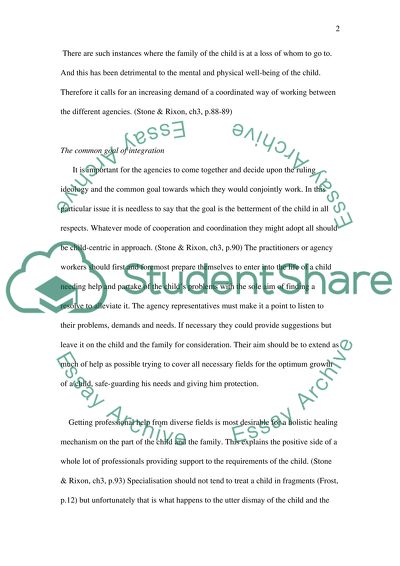Cite this document
(Aims, Impact and Outcome of Integrated Ways of Working in Childrens Research Paper, n.d.)
Aims, Impact and Outcome of Integrated Ways of Working in Childrens Research Paper. Retrieved from https://studentshare.org/family-consumer-science/1548052-identify-and-analyse-the-aims-impact-and-outcomes-of-increasingly-integrated-ways-of-working-in-childrens-services-on-children-and-their-families
Aims, Impact and Outcome of Integrated Ways of Working in Childrens Research Paper. Retrieved from https://studentshare.org/family-consumer-science/1548052-identify-and-analyse-the-aims-impact-and-outcomes-of-increasingly-integrated-ways-of-working-in-childrens-services-on-children-and-their-families
(Aims, Impact and Outcome of Integrated Ways of Working in Childrens Research Paper)
Aims, Impact and Outcome of Integrated Ways of Working in Childrens Research Paper. https://studentshare.org/family-consumer-science/1548052-identify-and-analyse-the-aims-impact-and-outcomes-of-increasingly-integrated-ways-of-working-in-childrens-services-on-children-and-their-families.
Aims, Impact and Outcome of Integrated Ways of Working in Childrens Research Paper. https://studentshare.org/family-consumer-science/1548052-identify-and-analyse-the-aims-impact-and-outcomes-of-increasingly-integrated-ways-of-working-in-childrens-services-on-children-and-their-families.
“Aims, Impact and Outcome of Integrated Ways of Working in Childrens Research Paper”, n.d. https://studentshare.org/family-consumer-science/1548052-identify-and-analyse-the-aims-impact-and-outcomes-of-increasingly-integrated-ways-of-working-in-childrens-services-on-children-and-their-families.


